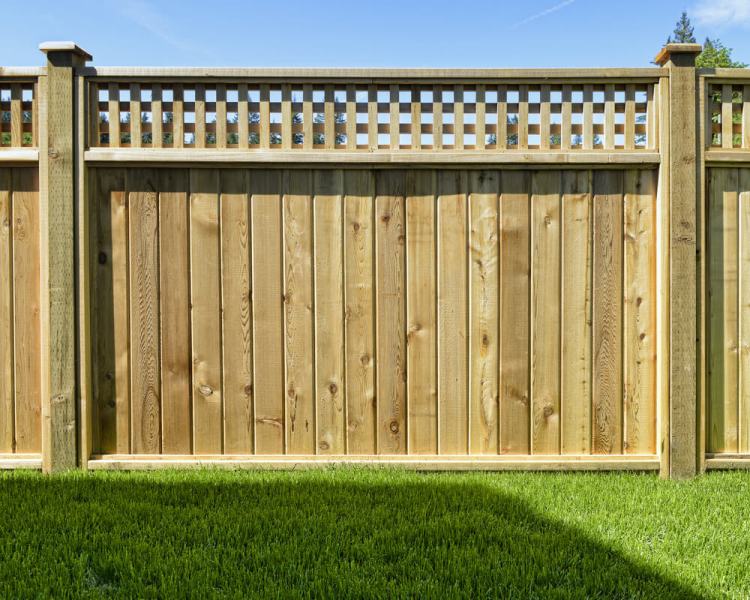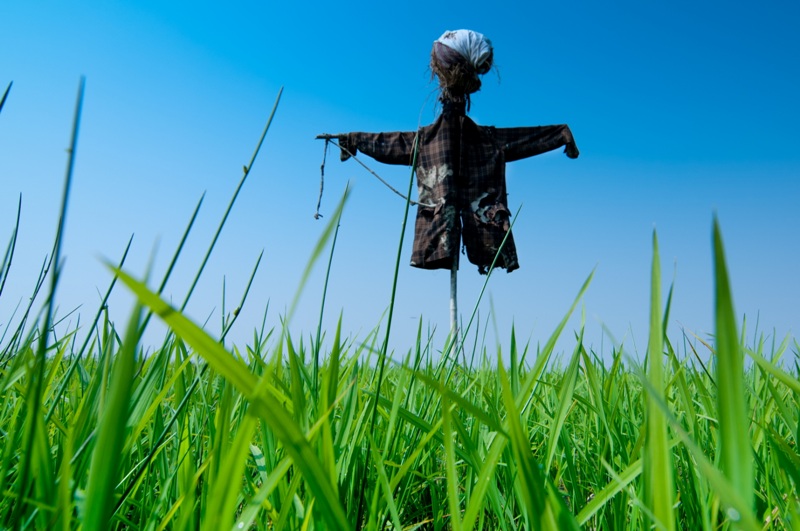Gardeners spend a lot of time and effort in building their garden. Some want to create a garden filled with manicured shrubs, colorful blooms, fruit-bearing trees, green leafy vegetables, or a combination of these elements. It can be amusing to watch wildlife gather around your plants, but not when they steal or damage the fruits of your labor.
Depending on where you live and the season, you could have an issue with rodents, feral cats or dogs, raccoons, bats, gophers, rabbits, birds, insects, and so much more. Cute as some of these creatures may appear, they know no bounds. For them, everything is up for grabs.
Imagine all those months of hard work gone in a few days, or even hours, with the invasion of these unwanted guests. What can you do in this situation?
No need to worry. An expert on lawn treatments in Manassas, VA, shares some advice on how you can safely discourage animals and other pests from stealing fruits and flowers. Choose from the following range of options guaranteed to keep critters away without the need to resort to violent or chemical methods.
1. Identify the offender
Know what you are dealing with before you devise a plan. Critters can vary between regions, countries, and even states.
When doing lawn care in Manassas, VA, for instance, you may have to deal with raccoons, moles, rabbits, squirrels, and the like. You can’t find creatures like these in Hawaii, though. The sunny, tropical state may not have such small ground animals, but they do have mongooses and rats, instead.
Another benefit to identifying the culprit is you’ll get an idea of what options you have available to deter them. For instance, if you want to install fences around your garden patch or yard, you need to know what animals are coming in, and for what. To do this, you need to check the damage or evidence of their presence.
Deer tend to leave tracks. Rabbit droppings come in the form of pellets, while mounds and burrows are evidence of groundhog presence. If you see holes in your fruits, these could be the work of fruit bats or birds.
2. Put up fences

One of the more traditional, and sometimes possibly the only, ways of keeping animals at bay easily and effectively is by erecting fences around your garden. To ensure it works, think of the types of pests you need to keep out. Set it up as early as possible to prevent them from getting to your produce.
For instance, if hares are the problem, the fence must measure at least a few feet tall. With deer, you will need a five-foot barrier (minimum). When dealing with groundhogs, bury part of the fence at least 10 inches underground.
3. Minimize food access
Control access to other potential non-human food sources. Compost can attract raccoons, for instance, while squirrels are drawn to birdseed. Put it in a bin with a lid or inside a small shed to keep the odor contained.
Skunks feast on grub and make great terminators of these pests. However, they can also wreck your lawn patch as they dig little holes while looking for grub. To prevent seeing bald spots in your yard, you can use beneficial nematodes.
Beneficial nematodes include a series of worms that feed on insects, parasitic nematodes, rotten or decaying materials, among others. Using beneficial nematodes is one natural way of controlling the grub population, discouraging skunks and moles from invading your yard, and keeping your harvest intact.
4. Seed regularly
Do you have an issue with animals digging up your yard? It may be frustrating to see mounds of your beautiful turf all over the place. Don’t be dismayed, and just keep on seeding.
Seeding brings your yard back to its original state. It takes work and consistency, but through seeding, you can fix the damage caused by the critters outside your home.
Furthermore, the seeding process also allows the grass to develop deeper roots. Grass or turf roots keep the layer grounded. By taking care of your lawn and letting the roots expand and take hold of the soil, there is a lower chance of your grass being uprooted.
5. Use odor repellents

A lot of animals have sharper olfactory systems than people do. Olfactory receptors include proteins that help us detect smells in the environment. Essentially, the higher the number, the more acute the sense of smell.
Humans have around 400 odorant or olfactory sensors. Compare this number to 768 for rabbits, 1188 for opossums, and 1207 for rats. Given these numbers, you can see that it is a sense that you can and should take advantage of if you want to eliminate pests in your outdoor space.
Castor oil and even the urine of your pest’s predators are a few organic scents you can use to shoo them away from your plants. These are effective and, compared to traps and poison, don’t require that you harm the wildlife. Scent repellents are a cleaner way to keep these little buggers away. Make sure to re-apply the scents for these to stay effective. You can also plant castor beans or fritillaria to achieve the same effect.
6. Set up visual scare devices
In large fields and farms, you may have already seen strategically placed scarecrows. Aptly named as such, scarecrows are put up to keep crows away from the produce. You can use the same concept in your garden.
Scarecrows can scare kids and guests away, as well, although there are other ways of achieving the same effect. Options include installing motion-activated lights and water sprayers or using reflective tape. You may need to test out and switch up different visual scare tactics to see what works and keep your pests guessing.
There is no 100% foolproof way of keeping animals and insect pests away from your garden, but with the help of these tips, you can reduce the extent of destruction. Try a few of these out to see what works in your situation.